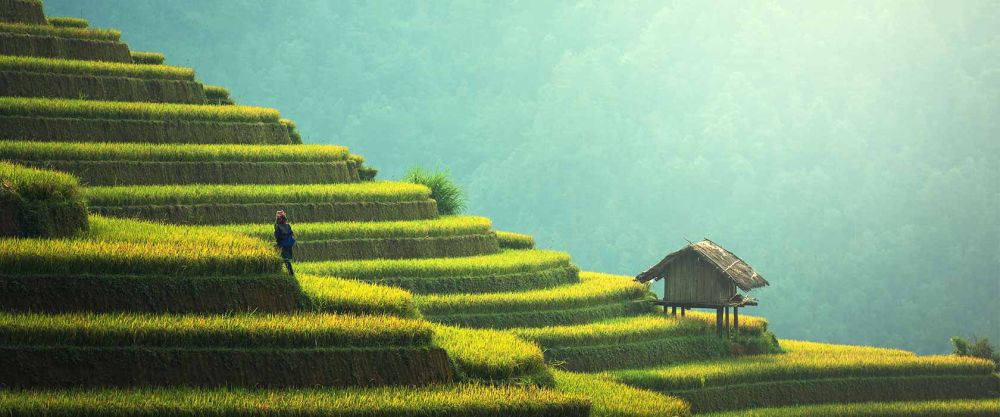

Assam, a picturesque state in northeastern India, is a land of mesmerizing beauty and a history rich with cultural fusion. The tourism history of Assam is as colorful as its festivals and as deep as its Brahmaputra River.
The roots of tourism in Assam can be traced back to the British Raj, when it was discovered as a tea haven. The colonial rulers were enchanted by its lush green tea gardens, exotic flora and fauna, and the unique cultural tapestry. They established tea bungalows and rest houses, prompting the first wave of tourism primarily among the British aristocrats and officers who sought leisure and escape from the Indian heat.
Post-independence, there was a gradual recognition of Assam's potential as a tourist destination. Assam's government began to promote its natural wonders, wildlife sanctuaries like Kaziranga and Manas, which are now UNESCO World Heritage Sites, sacred sites like Kamakhya Temple, and the annual Ambubachi Mela.
The rich cultural heritage of Assam has always been a significant draw for tourists. The Assamese New Year festival of Bihu, the classical Sattriya dance, and the ancient tradition of silk weaving are emblematic of the state's multifaceted charm. The Majuli Island, which is the world's largest river island, has become a hub for cultural tourism due to its vibrant Vaishnavite Satras (monasteries).
Conservation efforts have sparked an increase in ecotourism, with many tourists flocking to explore the state's national parks and wildlife sanctuaries. This has been bolstered by successful conservation stories, most notably the increase in the population of the one-horned Indian rhinoceros.
In recent years, there have been several initiatives to modernize and boost tourism. Homestays in Assam have gained popularity, providing visitors with an authentic experience of local life. Adventure tourism is also on the rise, with river rafting in the Brahmaputra and trekking in the hills of Karbi Anglong and Dima Hasao.
Tea Tourism has emerged as a niche segment, with tourists keen to experience the tea-estate lifestyle and see the process of tea making from leaf to cup. Wellness tourism is another growing segment, focusing on yoga and meditation retreats.
The government has been proactive in tourism promotion with campaigns like 'Awesome Assam', featuring brand ambassadors like Priyanka Chopra to attract international visitors. The Bodoland region is being developed as an exclusive tourist circle, offering unique cultural experiences.
Looking to the future, digitalization and sustainable practices are guiding Assam's tourism sector. Social media is now used to reach potential tourists, and there is a greater focus on preserving the state's natural beauty for subsequent generations.
Assam's journey in the realm of tourism is an ongoing tale of expansion and enchantment. With its blend of natural splendor, wildlife, and rich culture, Assam continues to be one of India's most captivating tourist destinations.